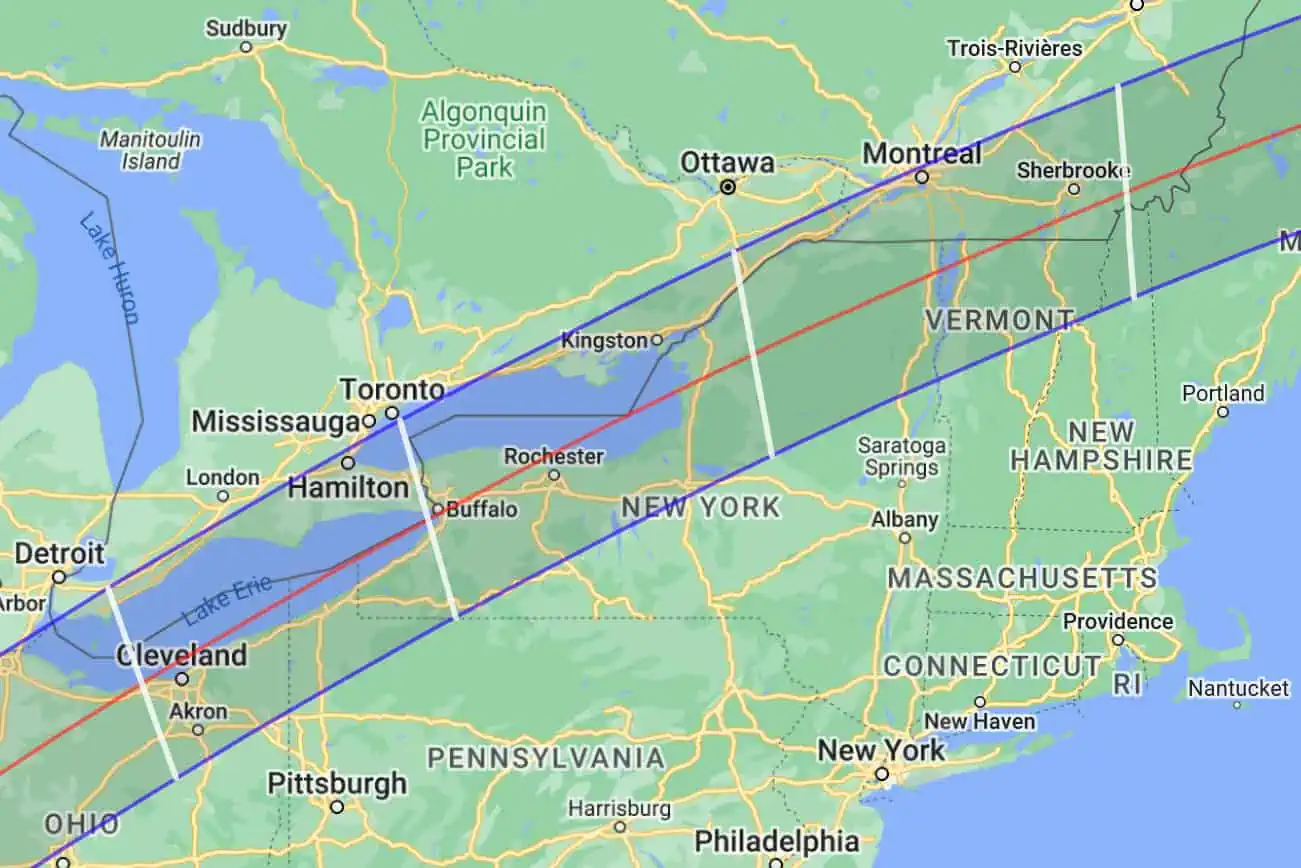Solar eclipse hype is ‘real,’ says astrophysics professor at Oshawa university
Published March 25, 2024 at 12:54 pm
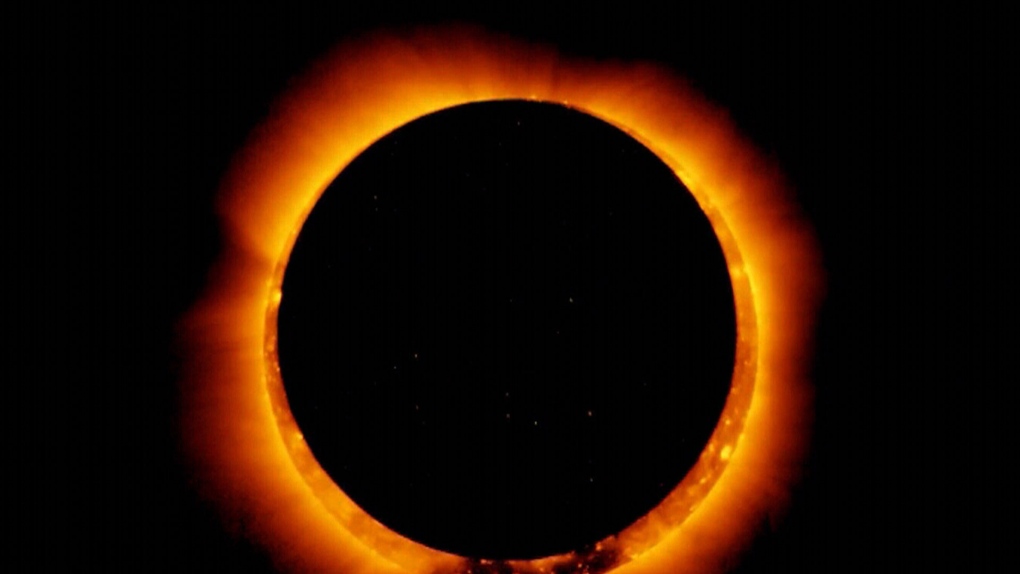
The hype is real and if you can find the right spot on April 8 when the total solar eclipse comes to southern Ontario, the experience should be absolutely stellar, says an astronomy professor and expert on all things eclipse at Oshawa’s Ontario Tech University.
Professor Rupinder Brar, who gave a talk on the event to a sold-out crowd at the downtown Regent Theatre March 19, is excited about the eclipse, which is truly a one-in-a-lifetime event that last occurred in the area 99 years ago. The next total eclipse is not expected here for another 120 years.
“The hype is getting bigger and bigger every day,” Brar said. “It’s an experience not comparable with any other astronomical event.”
Unfortunately for Durhan residents, the total eclipse will be seen here, with the path of totality visible to the east from the Belleville-Kingston area all the way to Montreal, and to the west from Hamilton to Niagara Falls and along the north shore of Lake Erie before dipping south on a narrow 110-km-wide swath through the American mid-west.
The partial eclipse we will be able to see in Durham is still pretty cool, noted Brar, who is encouraging residents to make the most of the event, with comets and ‘streamers’ also expected to be visible in the afternoon sky.
Brar said there is still a “significant” difference between a partial eclipse and totality, noting that the sun’s white corona will be visible in a total eclipse for one thing.
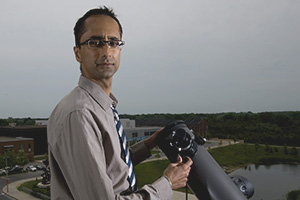
Dr. Rupinder Brar, an astrophysics professor at Ontario Tech University
Brar, who teaches astronomy and physics and is one of Ontario Tech’s more popular professors, has been on a lecture series of late, telling people about what is involved in a solar eclipse – basically, the moon casts a shadow that completely covers the disk of the sun – and of the risks of looking at the eclipse with the naked eye.
Brar said there is a myth that looking directly at the sun is worse than looking at the sun or a regular day – the darkness makes it easier to do, is all – but emphasizes the importance of NOT of looking at the eclipse without proper eye wear.
“The sun is something you should never look directly at – you should absolutely not look at it during the eclipse with the naked eye,” he explained. “It’ll be dark enough to stare directly at the sun. Don’t do it.”
Driving during an eclipse is another safety concern, especially with tens of thousands of eclipse chasers converging on hotspots like Niagara Falls (where hotel rooms are selling at rates that tread a fine line between capitalism and gouging and Airbnbs are seeing a 1,000 per cent increase in bookings) and Hamilton, with McMaster University distributing half a million eclipse glasses and distributing them through local libraries and school boards.
“Tourism Hamilton is ready to welcome visitors for a truly unique experience,” the City of Hamilton said ion a statement. “Our viewing sites are the perfect spot to view the eclipse in a safe and memorable way.”
Because Oshawa is not in the path of totality, the school is not hosting any eclipse-watching parties, leaving Brar to tour the region giving talks, with much of the emphasis on safety.
“I’m trying to reach out to as many people as possible,” he said, adding that he hands out free safety glasses after each seminar.
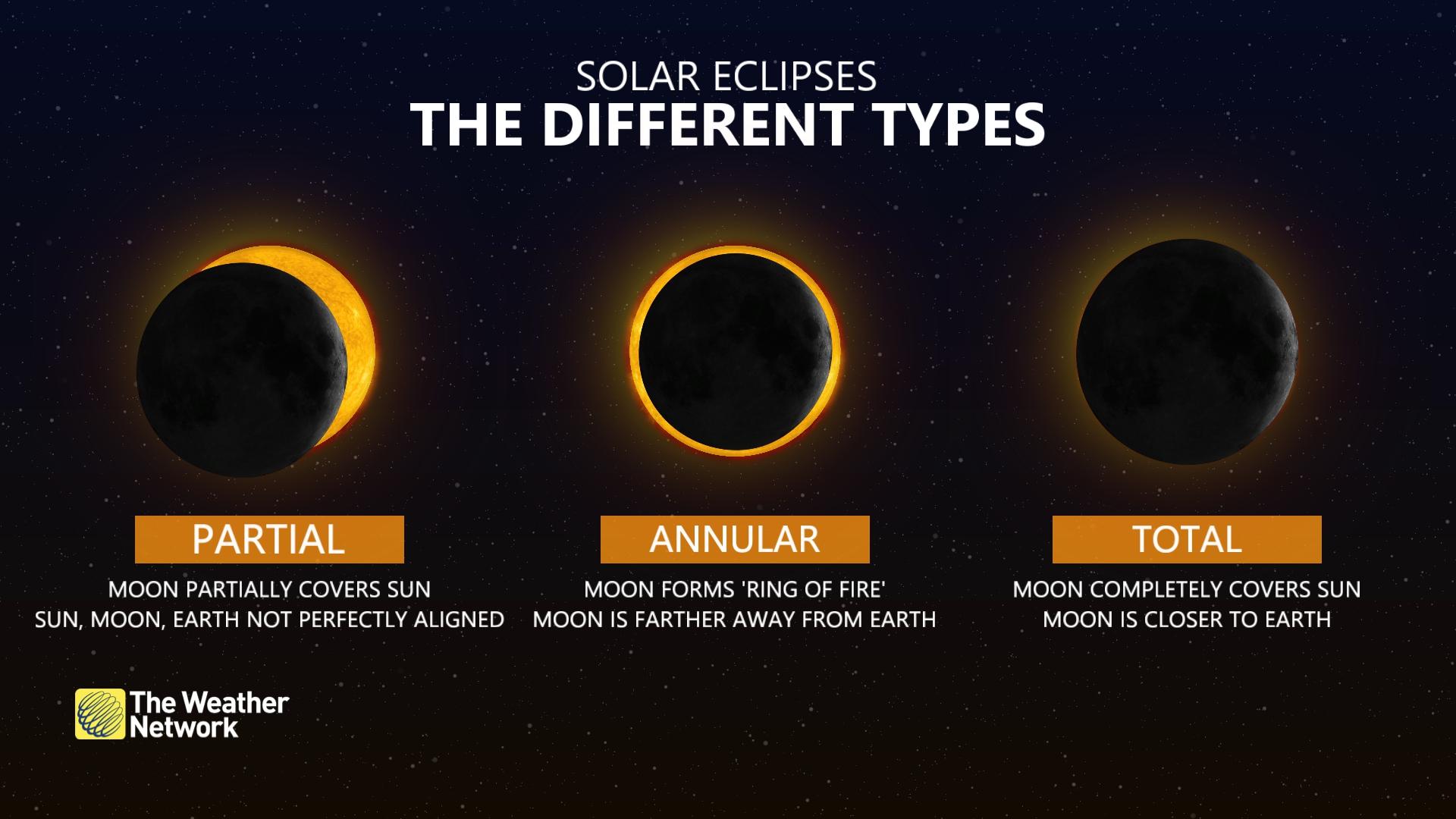
Brar explained you will see the moon start to move in front of the sun about 3:30 p.m. and said the best viewing time will be between 3:15 p.m. and 3:45 p.m., which is also the time he recommends staying off the roads, just to be safe.
And while most of the press on total eclipse destinations has focussed on Niagara Falls (where the length of the total eclipse could be as long as four minutes), Brar is headed east to see it, with eastern Ontario viewing areas much closer and with fewer people than areas on the other side of the lake.
“Don’t stop at Newcastle, don’t stop at Cobourg; keep going,” he suggested.
Totality will be only about one minute in Cobourg and two minutes in Kingston – which is expecting half a million visitors that day – he added.
On average, a total solar eclipse is observable from any single spot on the planet just once every 375 years and Brar is encouraging people, partial eclipse or totality, to get some safety glasses and get out there and enjoy it.
“There are plenty of safe ways to enjoy the eclipse. Get some eclipse glasses and get outside.”
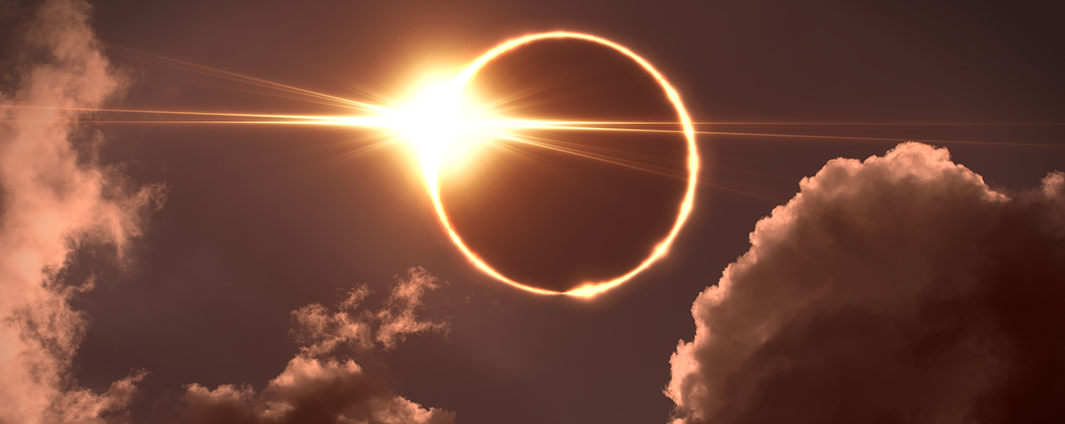
He explains some of the complexities of the April 8 solar eclipse and answers a few more questions on the event:
How is a solar eclipse created?
When the path of the moon orbiting the Earth crosses directly in front of the sun, the moon casts its shadow on Earth. Eclipses occur where that shadow is observable. If the moon completely blocks the sun’s disk, you observe a total solar eclipse. With the disk blocked, the sun’s atmosphere (called the corona) becomes visible. The observation is particularly stunning.
Why don’t solar eclipses happen every lunar cycle?
The orbital plane of the moon around the Earth tilts slightly when compared to the plane of Earth’s orbit around the sun. Eclipses can happen only when those two orbital planes intersect, at the same time the moon is between the Earth and sun.
Can I see an eclipse from anywhere?
Each solar eclipse can only be seen from a small area of the Earth. With oceans making up 70 per cent of the planet’s surface, most solar eclipses are not visible from populated areas.
Are solar eclipses random?
No. We can calculate when and where they will happen, as well as when they happened in the past. It is a beautiful, random quirk that we can see eclipses at all. The sun is about 400 times bigger than the moon, and it is about 400 times further away from Earth. This makes the sun and the moon appear roughly the same size in the sky when viewed from Earth.
Where can I get the proper eye protection tools?
It is very important to take proper safety precautions when looking at a solar eclipse. Looking directly at a solar eclipse can cause permanent damage to eyes. The only safe way to look at a solar eclipse is through inexpensive solar eclipse glasses, through a solar telescope or one with a solar filter or observe it through a homemade pinhole camera.
The last total solar eclipse in Ontario where the path of totality passed over Toronto was January 24, 1925. The path stretched from Scarborough to London and included centres like Kitchener, Hamilton and Niagara Falls.
If you are willing to travel, there are total eclipses once every year and a half somewhere in the world but they are often not in populated areas. The next total solar eclipse in eastern Canada will be in 2079. The next time a total solar eclipse is happening directly over the Toronto area is 2144.
Find suppliers of safe solar eclipse viewers or filters
Watch the NASA 2024 Total Solar Eclipse Broadcast
